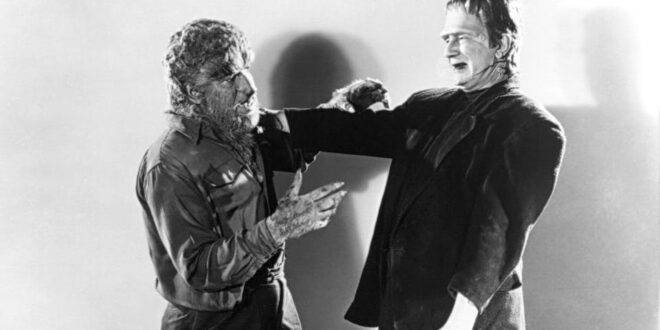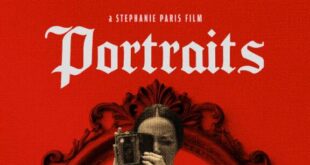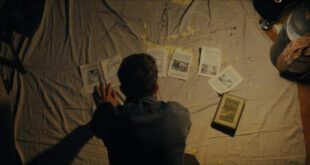Before Batman fought Superman, before The Avengers assembled, before Freddy fought Jason, and before Godzilla fought King Kong, another shared universe was born. In 1943, in a successful attempt to revitalize the declining interest in their monsters, Universal Pictures created Frankenstein Meets the Wolf Man. The film would mark a new beginning in the way Universal Monster films were made, but it also marked the end for other key pieces of the puzzle that made the films great. Like Freddy Vs. Jason and Batman V. Superman, the film was, and still, is divisive for fans of the genre.
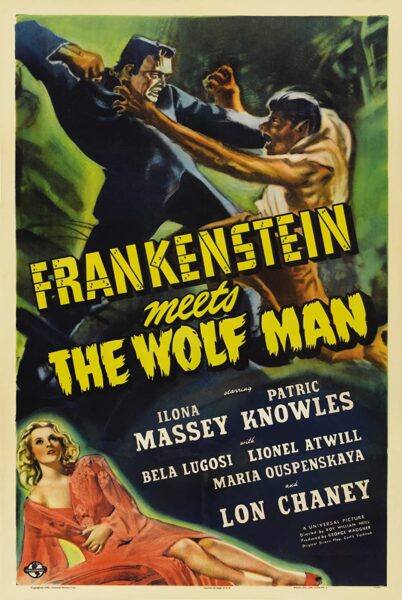
Originally a joke brought up by Wolf Man writer Curt Siodmak because he wanted to buy a new car, the film quickly became a reality. Unfortunately, the making of the film was problematic, as Curt had to “Frankenstein” together a plot that could work for both characters while trying to maintain continuity. The plan was for Lon Chaney Jr. to play both the Wolf Man and Frankenstein’s Monster, as he’d already had experience in both roles.
Due to the physical strain that would be put on the actor, as well as the limitations of the available effects at the time, they brought in Bela Lugosi to be the Monster. It made sense, as in the previous Frankenstein film, Bela’s Igor had his brain transplanted into the Monster, who then took on his voice and gained the ability to speak. The procedure also left the monster blind as an unfortunate side effect. During test screenings, however, the audience laughed at Bela’s voice and accent coming from the Monster, so all dialogue was edited out and, with it, all references to the Monster being blind.
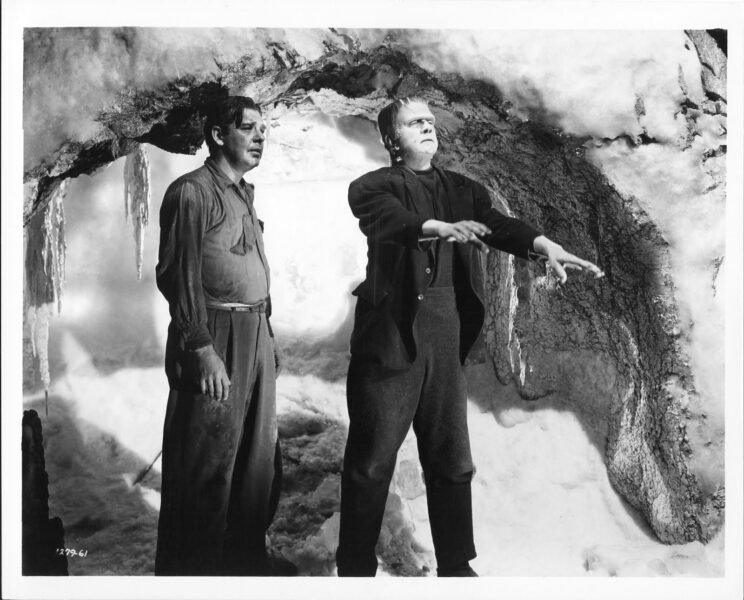
The finished version, like the procedure in the previous film, had an unfortunate side effect. With Bela’s monster stumbling through scenes, arms outstretched, and mouth moving soundlessly, it comes off as a poor performance from a revered character, through no fault of his own.
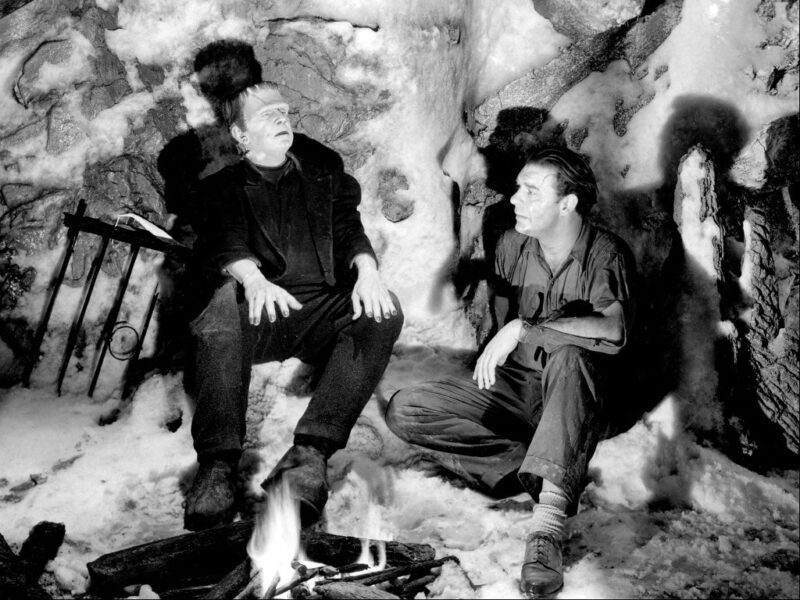
Another side effect of Bela losing his voice is that the theme of the search for life and death is almost lost along with his dialogue. We know that Lawrence Talbot is searching for the lost book of Frankenstein so he can finally die and be at peace, but it’s much harder to pick up on the fact that the Monster has his own plans for the book. While Talbot is in search of the secrets of death, the Monster is searching for the secrets of life.
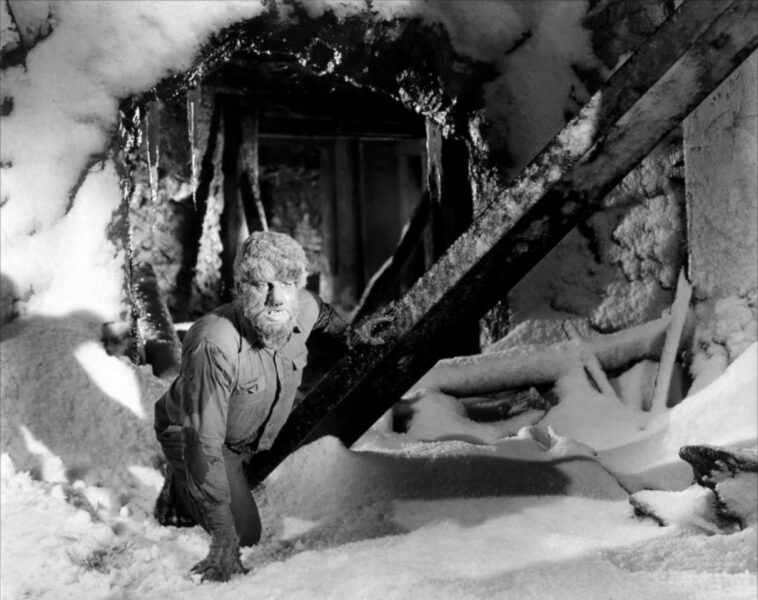
Not every problem was in the editing room though. Maria Ouspenskaya had injured her ankle, and Bela Lugosi wasn’t in the best health at the time. He collapsed from filming while wearing 35 pounds of makeup. This resulted in Bela’s stuntman filling in as the monster more often than planned, and at times, it’s quite noticeable.

Not only is this the film that cemented the Frankenstein walk that everyone thinks of today, but it is also the first time that it is ever mentioned in any medium that werewolves change form at a full moon. Almost all modern werewolf lore doesn’t come from ancient tales or mythology as some believe. It dates back to the original Wolf Man film and Frankenstein Meets the Wolf Man.
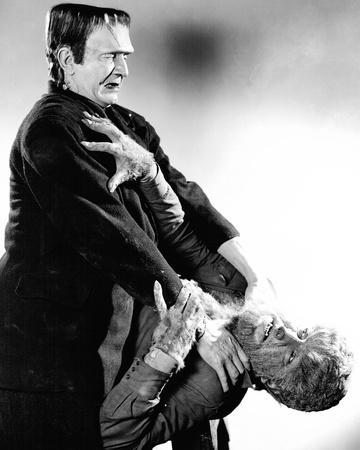
Frankenstein Meets the Wolf Man would mark the end of solo features for Universal’s monsters until The Creature From the Black Lagoon would be released much later in 1954. That wasn’t the only ending that came with this film, however. It would be Maria Ouspenskaya’s final film in the horror universe from Universal. Tragically, the much-overlooked and underrated Dwight Frye died months after completing the film, marking his last appearance in the franchise as well.
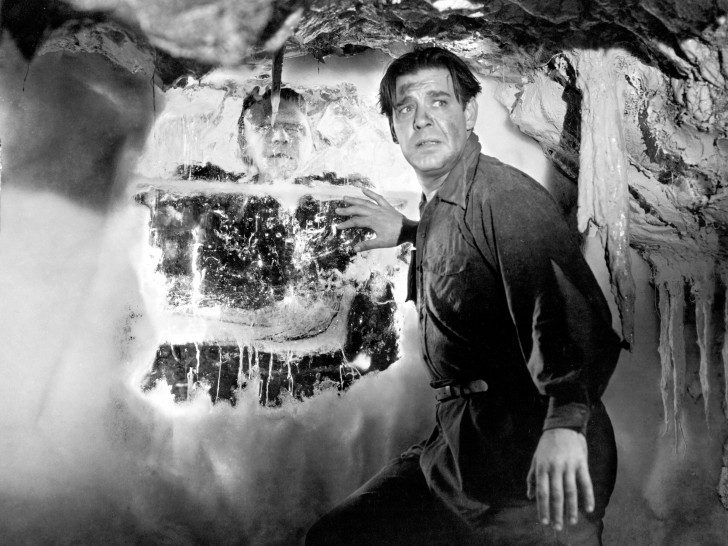
The film sets two horror icons, The Wolf Man and Frankenstein’s Monster on a quest for the lost book of Dr. Frankenstein for the secrets to end their eternal torment. While both of them are as dangerous as ever, Dr. Frank Mannering, portrayed by Wolf Man costar Patrick Knowles, and his descent into madness is where the true villain lies. It explores how even someone with the best intentions, when exposed to power, can be corrupted. It creates a very somber film when the glimmer of hope for the darkness that plagues the two monsters loses its luster and instead, dooms them.
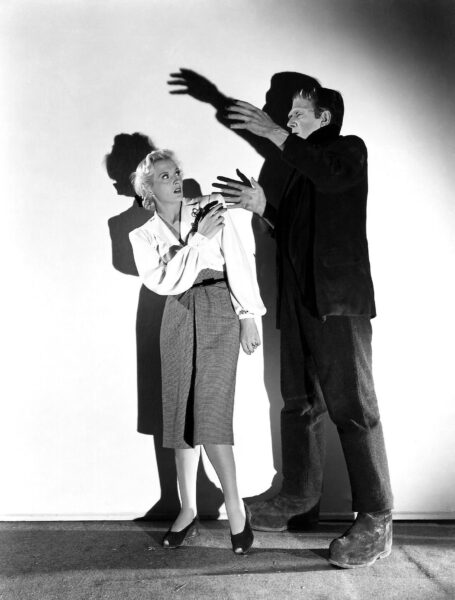
Despite all of its problems, Frankenstein Meets the Wolf Man is one of my all-time favorite films and I watch it nearly every year. I can’t help but love the idea of the monsters existing in the same world. Lon Chaney Jr. was phenomenal in his return as the tragic and tortured Talbot, and while Bela’s role may have been butchered in editing, it’s still fun to see them on screen together, both as allies, and as enemies. It’s not a perfect film, but it’s a fun film and it was one of the defining films of the Universal Monster classics.
 PopHorror Let's Get Scared
PopHorror Let's Get Scared
